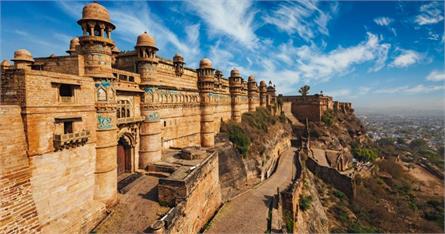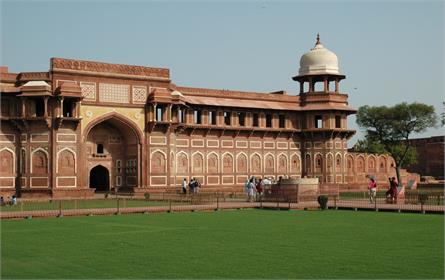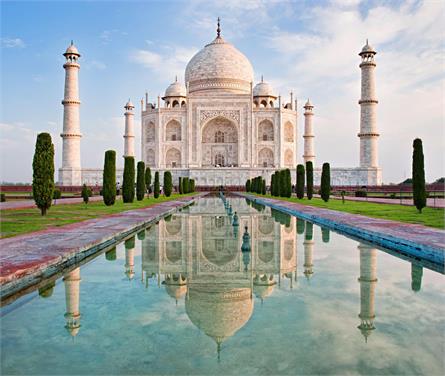Bhimbetka Caves: The Evidence Of Human Settlements
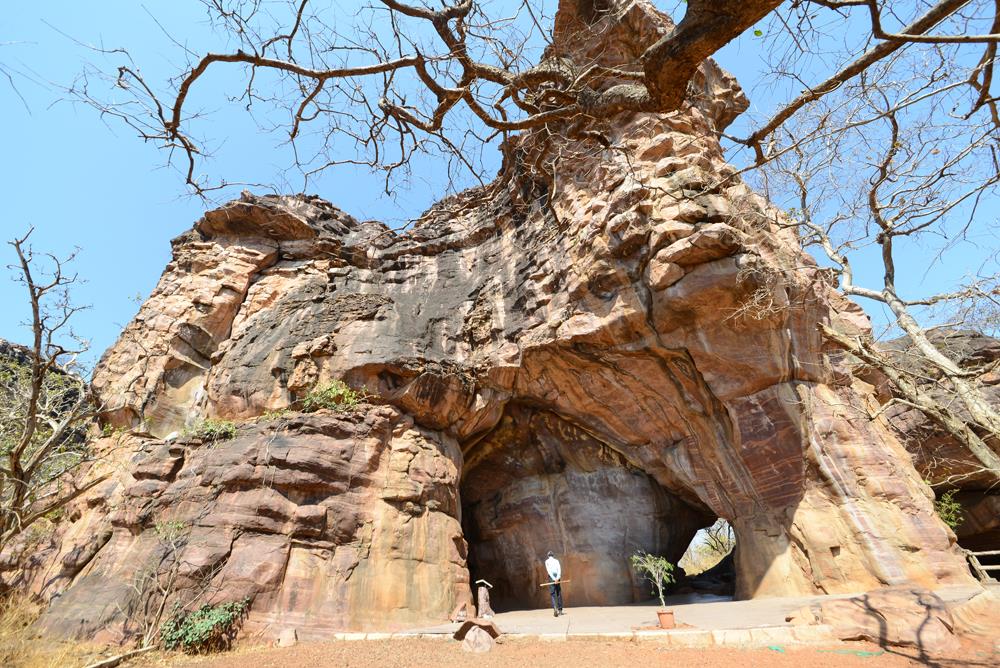
The Bhimbetka rock shelters are a fascinating archaeological site in the Raisen District of Madhya Pradesh, India. Situated 45 kilometers southeast of Bhopal and 9 km from Obedullaganj city, this area is known for its impressive sandstone rock formations and is nestled in the foothills of the Vindhya Range. The site comprises seven hills, including the Vinayaka, Bhimbetka, Lakha Juar (east and west), Bhonrawali, Jhondra, and Muni Babaki Pahari. The Satpura Hills surround these hills, making for a truly breathtaking and unique location.
Evolution of Human Culture | Historic Caves | Representation of Time
 1--3e8aeb.jpg)
With evidence of human settlement dating back over 100,000 years, the site provides a glimpse into the evolution of human culture from hunter-gatherers to agriculture. The seven hills and over 750 rock shelters that make up the site contain prehistoric cave paintings that date back to 10,000 BCE, making them some of the oldest-known rock art in India. These paintings depict a range of themes, including animals, dance, hunting, and even warriors on horseback.
Meaning of Bhimbetka

The name Bhimbetka is comprised of two words: Bhima + Betka. Bhima is the name of one of the Pandvas brother from Indian epic Mahabaharata.
Bhima is known for his immense strength and is a central character in the Mahabharata. Bhima is known for his immense strength and is a central character in the Mahabharata. The association with Bhima might suggest a connection to strength or power.
The origin and exact meaning of "Betka" are less clear, as it is believed to be derived from a local or indigenous language. It could be a reference to a specific tribe or community, or it might have another meaning rooted in the local culture.
So, Bhimbetka essentially refers to a place that could be associated with the strength or power of Bhima, with the "Betka" part adding a local or cultural dimension to the name.
Historical Background of Bhimbetka Caves

Bhimbetka is a site with a rich history that was first mentioned in a scholarly paper by W. Kincaid, a British India-era official, in 1888. Kincaid learned about Bhimbetka from local Adivasis (tribals), who referred to it as a Buddhist site. It wasn't until 1957 that the prehistoric significance of the rock formations at Bhimbetka was discovered by V. S. Wakankar and his team of archaeologists. Since then, over 750 rock shelters have been identified, with the Bhimbetka group containing 243 and the nearby Lakha Juar group containing 178 shelters.
The Archaeological Survey of India has determined that humans have continuously settled in these caves from the Stone Age through the late Acheulian to the late Mesolithic until the 2nd century BCE. This evidence is based on the findings from the excavation of the site, the unearthed artifacts and goods, the colors present in deposits, as well as the rock paintings.
Interestingly, the site contains the world's oldest stone walls and floors.
Certain monoliths uncovered at Bhimbetka were found to have originated from Barkheda. The site, which covers 1,892 hectares, was declared protected under Indian laws and came under the management of the Archaeological Survey of India in 1990. Bhimbetka was also declared a World Heritage Site by UNESCO in 2003.
The largest shelter cave - Auditorium Cave | King’s Rock
The Auditorium cave is a remarkable shelter amidst the quartzite towers seen from several kilometers away. It is the largest shelter at Bhimbetka and has a cathedral-like atmosphere with soaring spaces and Gothic arches. The cave's design is like a right-angled cross with four branches aligned to the four cardinal directions. Its main entrance points to the east, and at the end of this passage, there is a boulder with a near-vertical panel visible from a far distance and in all directions. This boulder is known as "Chief's Rock" or "King's Rock" in some archaeology literature, but it is unclear if it played any ritualistic role. The boulder with the Auditorium cave is the central feature of Bhimbetka, amid its numerous shelters and nearly 500 locations where rock paintings can be found.
Collections of Drawings and Paintings
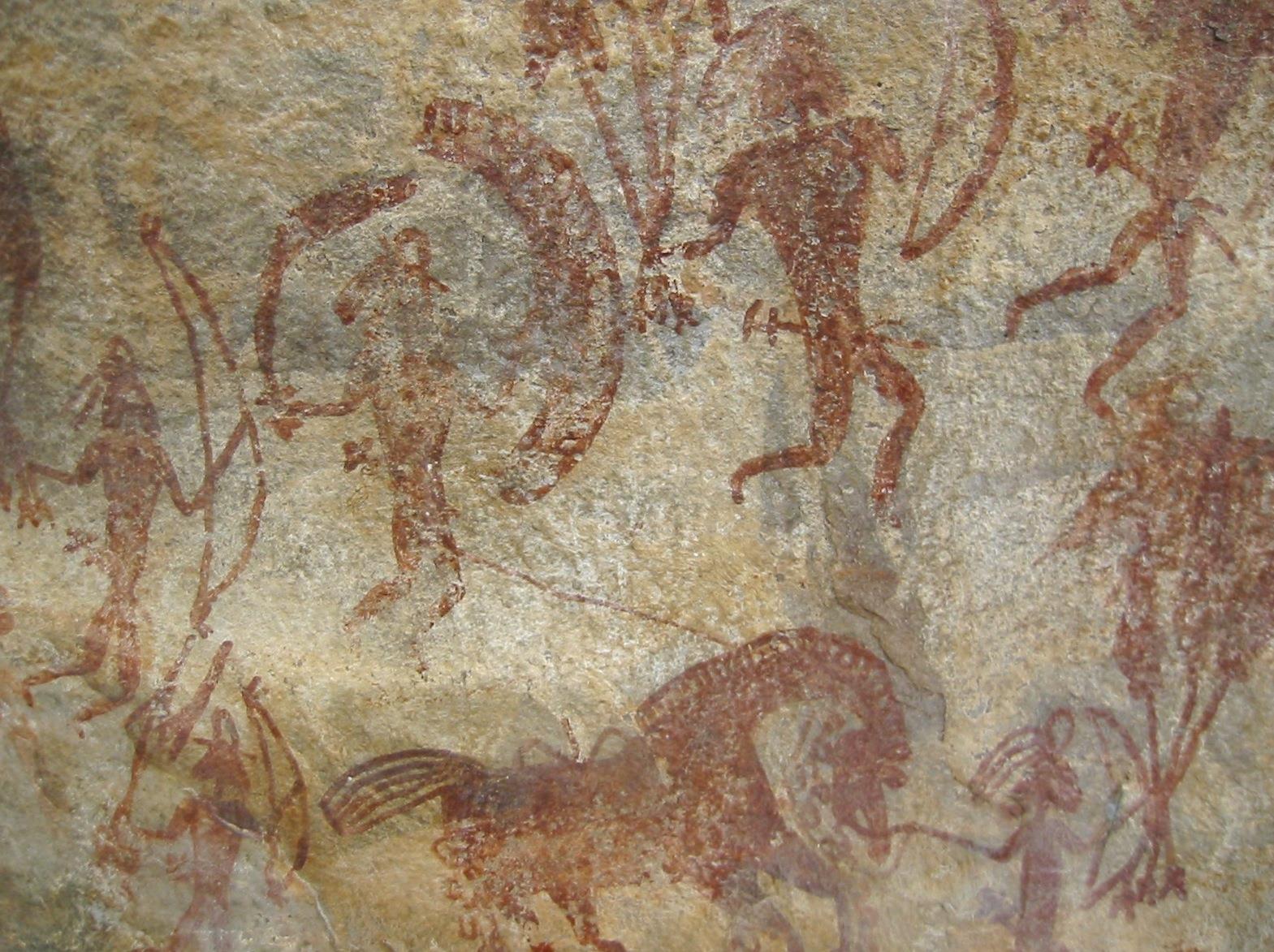
The rock shelters and caves of Bhimbetka in India are home to a vast collection of paintings, some of which date back to 10,000 BCE. The drawings and paintings fall into seven different periods, with the earliest paintings belonging to the Upper Paleolithic period, which dates back to as early as 40,000 years ago.
The colors used in the paintings are vegetable-based and have endured through time due to the drawings being made deep inside a niche or on inner walls. The paintings depict a wide range of subjects, including humans dancing and hunting, stylized figures with linear decorations on the body, communal dances, birds, musical instruments, pregnant women, men carrying dead animals, drinking, and burials.
The paintings also show hunting scenes with hunters carrying bows, arrows, swords, and shields, along with battles between rulers carrying swords, spears, bows, and arrows. The rock shelters also depict wild animals such as sloth bears, wolves, hyenas, rhinoceros, wild cattle, deer, antelopes, hares, monkeys, anteaters, rats, fish, turtles, peafowl, and some birds.




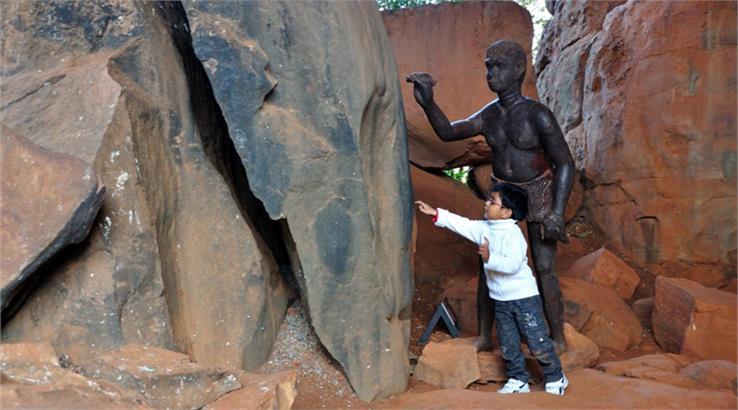
 1--3e8aeb.jpg)
